|
2011 Hall of Fame

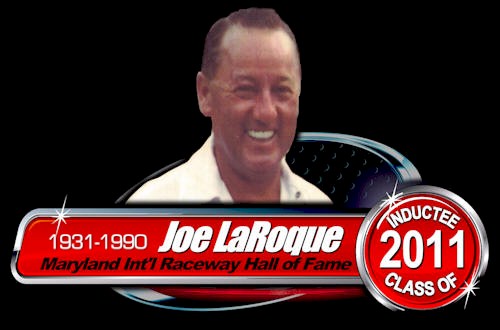
Joe LaRoque
June 9, 1931 - April 13,
1990
Original Owner & Builder
of MIR
All great places start
from the early pioneers
who forged them out of
nothing. MIR is no
different. The man who
converted a remote
Maryland farm into this
great facility is Joe
LaRoque. The success of
MIR over the years is
built on Joe’s early
efforts, and his
fingerprints can be seen
at MIR to this day.
After working for the
State Road Commission
and as a sign painter,
Joe started his own
trucking and excavation
business. Joe and
friends in the “Maryland
Sinners” car club built
a ‘32 Ford Roadster that
they raced at local
tracks. The combination
of Joe’s work and racing
experiences started to
come together in ideas
for a different way to
build a drag strip.
In 1964, Joe traveled to
California, rented a
small plane, and
observed some tracks
from above. He found
Bakersfield the most
appealing. The layout of
the pits and fire-up
lane made perfect sense
in his mind. In the
golden days of top fuel,
the cars had to be
push-started. At most
tracks, they would go
down the track, turn
around and go back to
the starting line, and
then turn around again
to race. The fire-up
lane at Bakersfield
solved this problem. And
Joe brought that idea
back to Maryland. The
MIR fire-up lane is
still there. It’s the
lane right behind the
spectator bleachers. For
years it was used as a
staging lane; today it
is used as a
manufacturing midway
during major events at
MIR.
Joe and his wife Alberta
looked at an Amish farm
on Labor Day in 1964.
They made a deal to
purchase 150 acres and
started construction in
late 1964. After more
than two years of work,
36,000 loads of gravel,
and a staggering cost of
$350,000, St. Mary’s
Drag-O-Way was
completed. At 5,000 feet
long and 100 feet wide
(now 60 feet with two
20-foot aprons on each
side), it was the
longest and widest
purpose-built track in
the country.
Joe’s very first event
on opening day in July
1966 was a big one --
the NASCAR Top Fuel
Championships run by Tod
Mack. There were 40 top
fuel cars in attendance
and some strange new
altered wheelbase
contraptions called
"funny cars." This huge
event was the
predecessor of many,
many successful drag
racing events over the
following decades.
Much like the Miller
family today, Joe's
entire family worked at
the track. Alberta and
kids Rita and Cindy
worked the concession
stand. That concession
stand (on the spectator
side of the track) is
still in operation
today. Tommy, Jean, and
Mike did whatever was
needed. Then as now, the
track was a labor of
love.
Joe LaRoque’s efforts to
build a state of the art
drag strip way out in
the woods of St. Mary’s
County never led to much
financial success -- it
was awful hard for many
fans to get there on the
single lane roads of the
day -- but his
pioneering efforts led
to what has become one
of the top drag racing
facilities in the world.
Every time a racer goes
down the track or a fan
sits in the bleachers to
enjoy the racing at MIR,
they owe a debt of
gratitude to Joe LaRoque
and his family -- the
drag racing pioneers of
Budds Creek.
Joe's daughter, Rita,
wrote a letter to Royce
to give a perspective of
what it was like growing
up at the track:
|
To:
Mr.
Royce
Miller,
President
Maryland
International
Raceway
From:
Rita
M.
LaRoque
Date:
June
17,
2011
Re:
T.J.
“Joe”
LaRoque
Hall
of
Fame
Inductee
My
oldest
brother,
Tommy
LaRoque,
informed
me
about
‘Legends
at
Budds
Creek’
to
be
held
at
Maryland
International
Raceway
in
June,
2011.
And,
at
that
time,
my
Father
would
be
honored
and
he
will
be
inducted
into
MIR’s
Hall
of
Fame.
Thank
you
so
very
much
for
honoring
my
Father
for
all
his
efforts
and
creativity
that
were
involved
in
the
construction
of
the
original
raceway
which
has
evolved
into
Maryland
International
Raceway.
I
then
wondered
if
anyone
remembered
‘St.
Mary’s
Drag-o-way’,
the
original
name
of
Maryland
International
Raceway,
when
my
Mom
and
Dad
(Mr.
Thomas
‘Joe’
LaRoque
and
Mrs.
Alberta
LaRoque)
opened
the
track,
along
with
5
kids.
At
that
time,
I
was
8
years
old,
the
youngest
of
the
family,
and
saw
my
surroundings
through
the
eyes
of a
child.
It
was
the
time
when
the
Rolling
Stones
song
‘I
Can’t
Get
No
Satisfaction’
really
meant
‘I
Can’t
Get
No
Super
Traction’;
when
the
radio
advertisements
would
blast
“SUNDAY,
SUNDAY,
SUNDAY!”,
and
when
our
favorite
jackets
were
red
satin
with
St.
Mary’s
Drag-o-way
embroidered
on
the
back.
That’s
when
‘A
Coke
was
a
Coke’
and
I
played
the
slot
machine
at
Stone’s
Store
across
the
street
whenever
I
got
the
chance.
Sunday
would
mean
work
for
the
family
and
we
would
all
pile
into
the
big
ole’
Buick,
with
Dad
driving
down
301
from
Clinton,
going
about
85
mph
if
not
faster
to
the
track.
Driving
through
Waldorf
and
La
Plata;
at
that
time,
not
much
was
built
as I
can
remember:
the
Twin
Kiss,
motels,
and
a
country
store
or
two.
There
were
air
horns
on
the
Buick
and
God
help
the
Amish
or
anyone
else
if
they
were
on
the
road
in
front
of
us.
Dad
would
blow
the
air
horns
and
scare
the
‘H’
out
of
them.
There
were
few
fans
in
St.
Mary’s
County
that
lived
close
to
the
track,
especially
when
the
Jet
Cars
came
to
town.
The
sounds
of
the
loud
engines
rumbled
and
echoed
throughout
the
countryside.
While
the
track
was
being
built
my
oldest
brothers,
Tommy,
Gene
and
Mike
were
with
Dad
a
lot,
but
I
wasn’t.
However,
one
day
after
they
had
finished
putting-up
the
guard
rail
I
was
walking
with
my
sister,
Cindy.
But,
she
wasn’t
walking
on
the
track;
she
was
walking
on
the
guardrail
pretending
it
was
a
balance
beam.
She
slipped
and
gashed
her
knee
wide
open.
I
ran
as
fast
as I
could
the
whole
length
of
the
track
to
get
help.
My
heart
was
pounding
so
hard
I
almost
collapsed.
Cindy
still
has
a
scar
on
her
leg
to
this
day
from
that
fall.
Mostly,
Mom
and
I
were
always
in
the
concession
stands.
I
helped
with
cooking
the
burgers,
ringing
up
the
orders
on
the
cash
register,
making
change
and
stocking
cigarettes.
“Winston
tastes
good
like
a
cigarette
should.”
(Not
sure
if
Winston
Racing
was
around
then.)
I
cooked
the
fries
and
poured
the
Pepsi;
made
hot
chocolate
–
and
boy
was
it
hot!
It
would
burn
your
tongue
– I
know,
I
drank
quite
a
bit
of
it
on
the
colder
days
at
the
track.
I
also
ate
a
lot
of
pickles.
Mom,
now
79
years
old,
said,
“Your
Dad
called
the
cheeseburgers
‘Bert’s
Burgers’
and
wanted
to
name
the
concession
stands
‘Bert’s
Burger
Shack’.”
Bert
is
Mom’s
nickname;
short
for
Alberta.
It
saddened
both
Mom
and
I
when
we
heard
the
concession
stands
were
torn
down
and
wished
we
had
just
a
piece
of
the
old
building.
A
piece
of
something
the
family
had
built.
I
was
pretty
much
the
runner
too.
If
we
ran
out
of
cheese
or
pickles
or
whatever
on
the
spectator
side,
I
would
ride
my
bicycle
over
to
the
pits
and
get
what
we
needed.
I
had
jumped
the
fence
and
ran
across
the
track
to
the
pits
before,
but
Dad
caught
me
and
yelled,
“Don’t
you
ever
cross
that
track
again!
You
hear
me!”
I
was
in
big
trouble!
I
wasn’t
allowed
in
the
pits
very
much
after
that,
especially
after
a
race
team
by
the
name
of
‘Purple
Passion’
let
me
ride
in
their
car
down
the
track
(as
they
were
racing).
Dad
caught
wind
of
that
one
too
–
not
only
was
I in
trouble;
the
Purple
Passion
was
too,
and
I
never
saw
them
at
the
track
again.
But,
I
never
forgot
that
ride
down
the
track
in
that
purple
car
–
WOW!
Selling
‘Drag
News’
was
the
best.
I
would
put
my
apron
on
and
walk
up
and
down
the
bleachers
yelling
“Get
your
Drag
News,
Get
your
Drag
News!”
It
was
only
a
nickel
then,
but
I
felt
I
had
the
best
business
in
town.
A
little
white
dog
with
a
black
ring
around
his
right
eye
would
sometimes
appear
and
follow
me.
I
named
him
‘Ringo’.
One
day
I
kept
the
time
in
the
timing
tower.
I
kept
the
time
for
a
couple
of
hours
(unknown
to
my
parents).
I
don’t
remember
who
it
was
that
got
me
to
do
this
for
them,
but
I
was
having
a
blast.
The
old
timing
clocks
would
read
a
number
and
then
you
had
to
go
to a
chart
to
get
the
actual
time.
Then
you
had
to
reset
the
clocks
and
fill
a
card
out
for
the
driver
and
push
it
down
a
chute.
I
was
doing
okay
during
the
time
trials,
but
then
the
actual
racing
started
and
well
I
guess
you
know
the
rest
of
the
story.
I
didn’t
get
too
far
behind
before
my
Dad
caught
me.
After
he
got
it
straightened
out
he
just
looked
at
me,
shook
his
head
and
laughed.
Eight
years
old
–
what
can
you
say?
He
did
however
want
to
know
where
the
guy
went
that
was
supposed
to
be
in
the
timing
tower.
Honestly,
I
didn’t
know,
but
he
let
me
work
the
clocks
a
couple
times
after
that.
I
loved
being
in
the
timing
tower.
When
the
Jet
Cars
came
to
the
track
I
was
a
little
afraid.
They
were
really
loud
and
the
fastest
of
the
fast.
I
stood
on
the
top
of
the
bleachers
as
they
would
almost
fly
down
the
track
with
the
fire
blazing
behind
them.
The
bleachers
shook
and
being
so
little,
with
the
sound
roaring
and
rumbling,
I
was
shook
off
the
bleachers
to
the
ground.
The
driver
of
the
Green
Monster
stayed
at
our
house
one
night
and
I
got
to
talk
with
him.
As I
sat
on
his
lap,
he
told
the
story
of
the
jet
car
exploding
to
me
and
Dad
(he
had
lost
his
leg
sometime
before
in
an
explosion).
Unfortunately,
forty
plus
years
have
passed
since
that
time
and
pictures
I
once
had
have
been
lost.
Then
the
rain
came.
It
seemed
every
weekend
it
would
rain.
I
remember
all
of
us,
my
brothers,
their
friends,
and
me,
sweeping
and
sweeping
the
track
to
get
it
dry.
We
would
all
have
blisters
on
our
hands
trying
to
get
the
track
dry.
We
would
have
foot
races
just
to
keep
the
fans
busy
until
the
track
dried.
Unfortunately,
every
time
a
big
event
was
scheduled
at
the
track
it
would
rain.
People
needed
to
be
paid;
drivers
needed
to
be
paid.
Drivers
would
be
lined
up
at
our
house
to
be
paid
and
it
would
still
be
raining.
It
was
a
great
loss
to
all
of
us
when
we
said
‘Good-bye’
to
the
track.
Mom
cried
many
a
tear.
I
always
thought
it
was
the
rainy
weather
which
made
it
unsuccessful
for
us,
but
all
in
all,
I
don’t
know
the
reasons
the
track
failed
for
us.
As a
young
girl,
the
only
thing
I
knew
was
we
didn’t
go
to
the
track
anymore.
During
the
course
of
my
life
I
moved
to
the
Midwest.
On
visits
to
Maryland,
whenever
the
raceway
was
mentioned
in
my
conversations
with
Dad,
he
would
just
smile.
I
told
him
one
day
as
we
were
talking
that
the
raceway
is
on
the
map.
He
said,
“It’s
on
the
map!”,
and
just
smiled.
In
1990,
I
moved
back
to
Maryland
and
a
very
short
time
afterward,
unfortunately,
Dad
passed
away.
There
have
been
several
times
I
have
visited
the
track
since
to
watch
my
brother
Tommy
or
nephew
Travis
race.
Other
times
I’ve
driven
unto
the
track
property
and
stopped
briefly
just
to
sit
and
look
around
in
silence
with
no
one
there.
Sometimes
I
stop
along
the
road
and
look
down
at
the
track
being
nostalgic.
Maybe
deep
within
I’m
hoping
to
catch
a
little
of
my
Dad’s
spirit.
He
was
the
original
builder
and
owner
of
the
track.
Without
him,
Maryland
International
Raceway
would
have
never
existed.
Thank
you
for
honoring
him.
Sincerely,
Rita
M.
LaRoque |

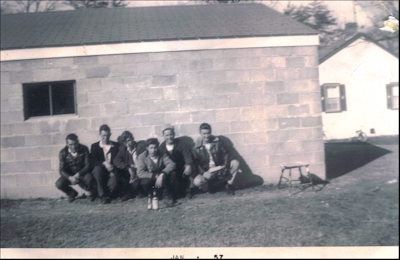
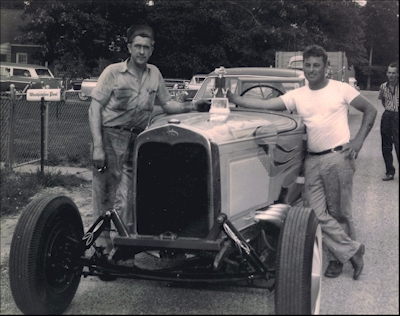

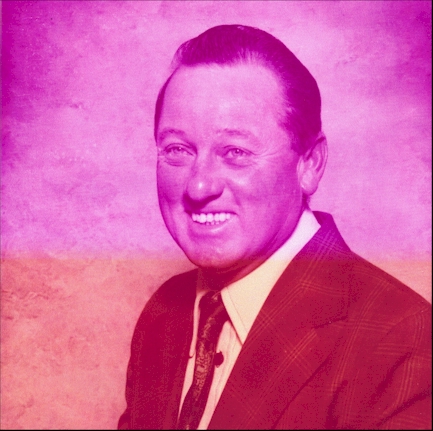
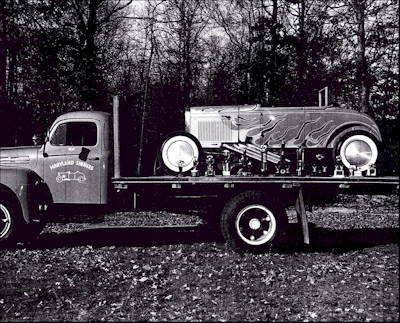
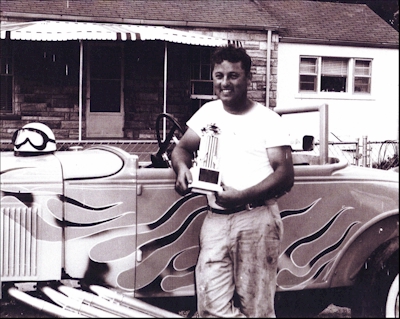


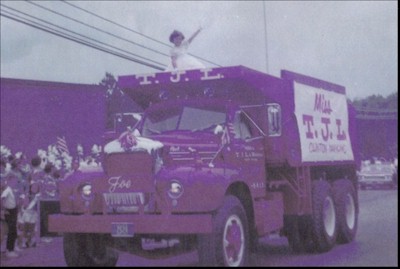
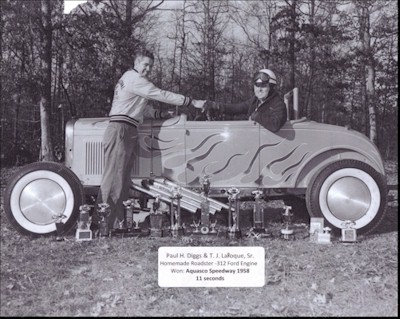
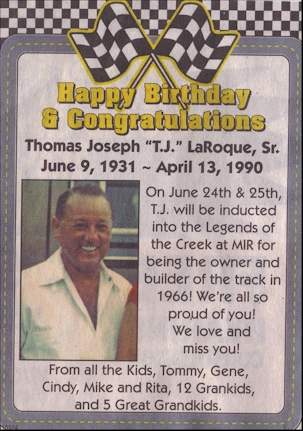
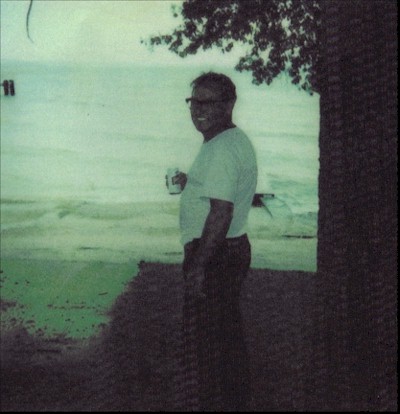
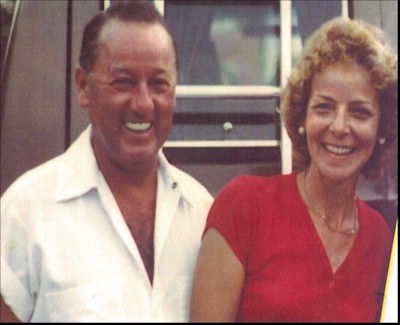
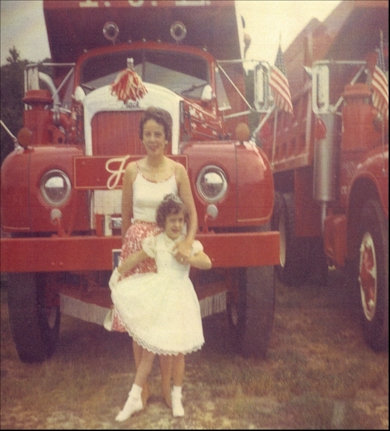

|